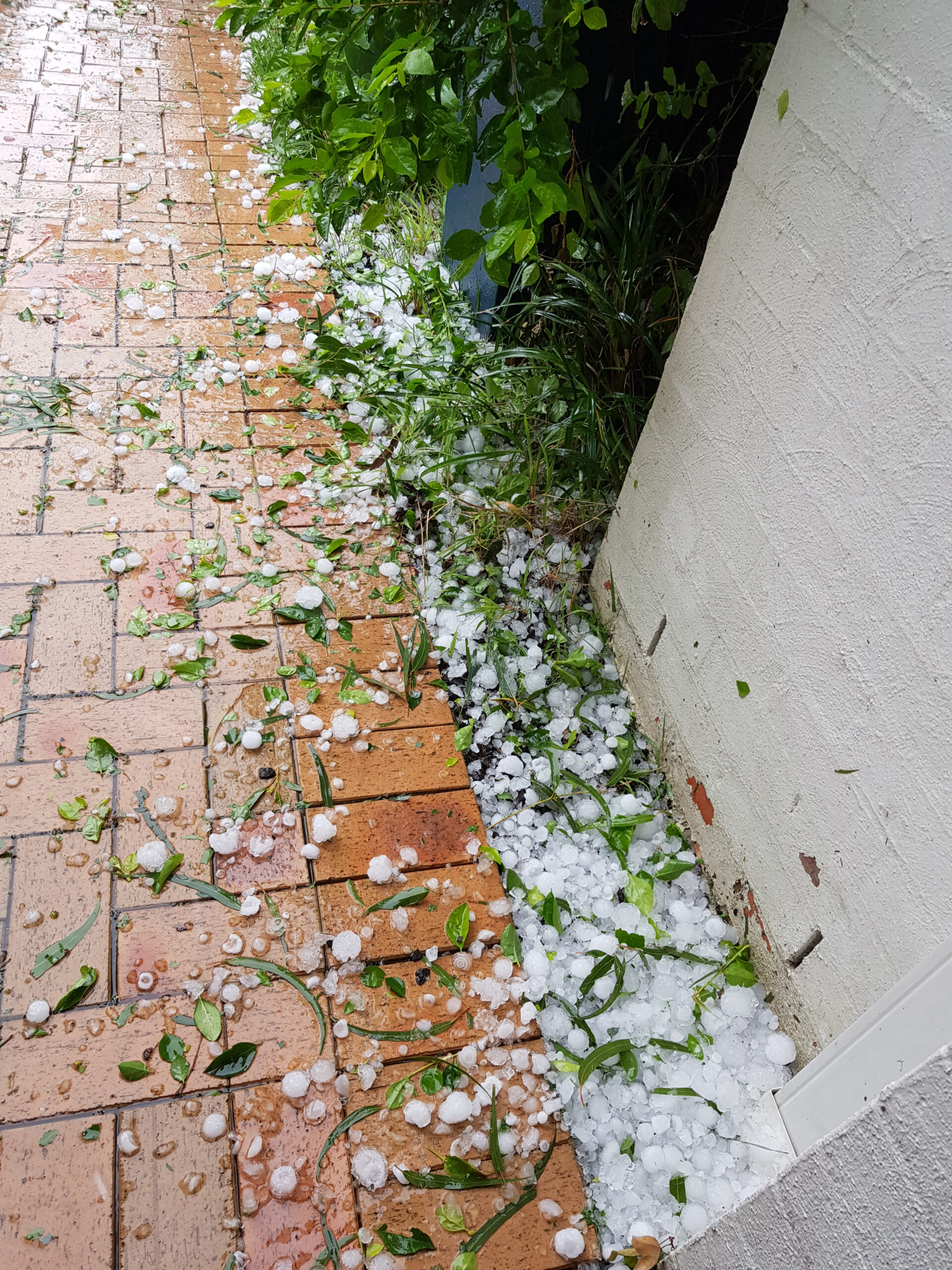Wallpaper is less common nowadays but in older homes, it can present a unique set of challenges for homeowners interested in an update. In some instances, it can be painted over, while in others it requires complete removal. But how do you determine when removal is necessary? Keep reading to learn the most common questions revolving around painting over wallpaper. Including how to properly paint over it, and the equipment you will need, for a successful final product.
Can You Paint Over Wallpaper?
The short answer is yes! In some cases that is. You do not want to paint over any wallpaper that is not well attached to the wall or in good condition. Additionally, you may choose to paint over wallpaper if removing it risks damage to the wall. For example, if the wallpaper is affixed directly to the drywall. Or if multiple layers of wallpaper have been applied, one over the other. This said, painting over wallpaper that could easily be removed is a bad idea. You’re just asking for more work in the future! So if it’s already peeling or requires more work to repair than to remove, go ahead and take it down.
What You Will Need
- High-quality paint brushes – Avoid stray fibers and enjoy a smooth wall that will look beautiful for years to come!
- A paint roller – For easy and even application.
- An adhesive, such as joint compound – To repair cracks or wallpaper that is separating from the wall.
- Caulk – Apply it to the perimeter of the wall to ensure the wallpaper is secure. This will help with longevity once it is painted over!
- Sandpaper – Use sparingly to even out the surface of the wall, for a smoother paint job.
- Tape – To protect baseboards, skirting, or windows.
- Oil-based primer – Primer is essential for a long-lasting paint job. Keep the room well ventilated while in use and throughout dry time!
- Paint – Water or solvent-based paints are best for a flat wallpaper. We do not recommend painting over textured wallpaper. Especially wallpaper that features a deep pattern.
- Drop cloths – To protect surrounding furniture and walls that will not be painted.
How to Paint Over Wall Paper
If you have determined that you can paint over existing wallpaper, follow these steps to achieve the best results.
Step 1: Fix any loose corners or edges
Wallpaper that has cracked or separated from the wall needs to be affixed. Otherwise, the wallpaper, along with new paint, will continue to peel away from the wall. Use a strong adhesive and allow it to dry fully before you paint!
Step 2: Repair & Sand
Delicately sand any parts of the wall that are uneven. If necessary, you may need to repair some sections that have divots. Do so using putty, and allow it to dry fully.
Step 3: Clean Thoroughly
As with any surface that you plan to paint, it needs to be squeaky clean. First, vacuum and then wipe every surface with a damp cloth – not wet! Once dried, this will allow the paint to adhere better. A sponge and dishwasher detergent will work best to get rid of any grease, dirt, or fingerprints.
Step 4: Swatch test
Performing a test with your intended paint is a good idea for several reasons. First, it allows you to see how a color will look once it is on a wall. Second, it will allow you to see how it looks over the top of the wallpaper. So you can determine how many coats of paint and primer will be necessary.
Step 5: Apply Primer
Carefully apply as many layers of primer as is needed. Be sure that each layer dries fully before applying additional layers.
Step 6: Paint
Once the test patch has dried, and if it is to your liking, you can continue painting the remainder of the wall. Allow it to dry fully before removing tape or drop cloth and returning furniture.
Need help removing wallpaper and painting the interior of your home? Helix Painting of Denver is proud to offer our professional painting services to homeowners and rental property owners in need of an update. Contact us today to request a Free Estimate, or visit our blog for more useful information and inspiration!




